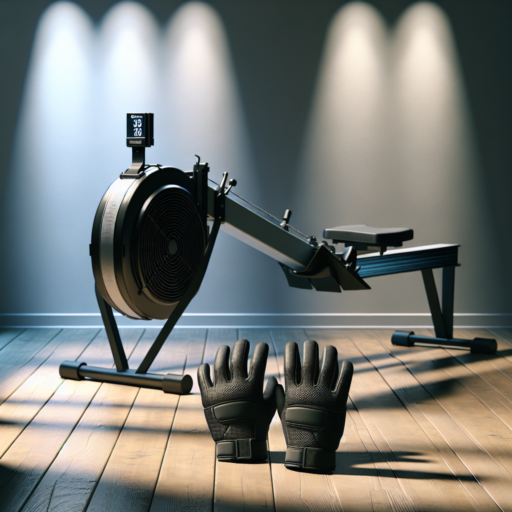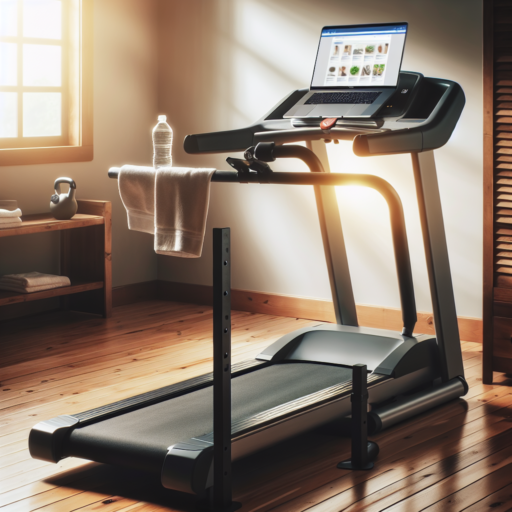Do you need gloves for indoor rowing?
When it comes to indoor rowing, the question of whether gloves are necessary is a subject of much debate. Indoor rowing, unlike its outdoor counterpart, doesn’t expose you to the harsh conditions of wind and water, but that doesn’t mean your hands are safe from discomfort or blisters. The repetitive nature of rowing can cause friction between your hands and the rower’s handle, potentially leading to blisters or calluses over time. Therefore, utilizing gloves can provide a barrier against this friction, enhancing your comfort during your workout.
Moreover, gloves are not just about protecting your hands; they also improve your grip on the rowing machine’s handle. Sweaty palms can make it difficult to maintain a firm grip, which is crucial for a productive rowing session. Quality gloves designed for rowing or similar activities can offer better grip, thanks to their material composition, such as neoprene or silicone grips. This can translate into more effective workouts, as you’re able to maintain proper technique without the handle slipping from your hands.
However, it’s essential to choose the right type of gloves for indoor rowing. Look for gloves that are lightweight, breathable, and offer a snug fit without compromising mobility. This ensures that your hands remain cool and comfortable, without the gloves feeling like a distraction. Additionally, gloves with adjustable wrist straps can provide extra support and ensure they stay in place throughout your rowing session. While gloves are not an absolute necessity for indoor rowing, they can be a valuable tool for those looking to enhance their comfort and performance on the rowing machine.
What gloves to wear for rowing?
Choosing the right gloves for rowing is crucial to enhancing your performance and ensuring your hands are protected during those intense sessions on the water. Many rowers prefer gloves that are not only comfortable but also offer a firm grip and ample blister protection. Understanding the key features to look for can help you make an informed decision.
Material and Breathability
The material of the gloves plays a significant role in their effectiveness. Synthetic fabrics, such as polyester and nylon, are commonly used for their durability and quick-drying capabilities. Additionally, look for gloves with breathable mesh on the back to keep your hands cool and sweat-free during long rows.
Grip and Padding
A firm grip is essential to control the oar properly. Gloves with a silicone or rubber palm provide increased grip, reducing the risk of slipping. Furthermore, adequate padding in high-friction areas helps prevent blisters and calluses, enhancing your comfort throughout your rowing activities.
When selecting rowing gloves, considering these factors will guide you to a pair that not only improves your rowing experience but also provides the necessary protection for your hands. With the right gloves, you can focus more on your technique and less on the discomfort that can come from inferior handwear.
No se han encontrado productos.
How do I protect my hands on a rowing machine?
Protecting your hands while using a rowing machine is crucial for both comfort and performance. The repetitive motion and constant grip can lead to blisters, calluses, and general discomfort if proper precautions are not taken. Fortunately, with a few simple strategies, you can safeguard your hands and make your rowing experience much more enjoyable.
Wear Proper Gloves
One of the most effective ways to protect your hands is by wearing gloves designed specifically for rowing. These gloves are typically made of lightweight, breathable materials that not only reduce friction and absorb sweat but also provide a snug fit to enhance grip. Look for gloves with padded areas in key contact points to ensure maximum protection.
Use Grip Tape or Pads
If gloves are not your preference, consider applying grip tape or adhesive pads directly to the rowing machine’s handle. This added layer not only prevents slipping, which can exacerbate hand strain, but also minimizes the direct contact of your skin with the hard surface of the handle. Grip tape and pads can be easily replaced or removed, making them a convenient option for those seeking a more customized grip solution.
Maintaining proper hand care is also essential. Regularly moisturizing your hands and treating any blisters or calluses with the appropriate creams and protective bandages can help heal and fortify your skin against the rigors of rowing. This proactive approach ensures that your hands remain strong and resilient, allowing you to focus on improving your rowing technique rather than worrying about discomfort or injury.
Are you allowed to row with gloves?
Many rowing enthusiasts often ponder the question – Are you allowed to row with gloves? The simple answer is yes, gloves can be used while rowing. They serve as a protective barrier between your hands and the oars, helping to prevent blisters and calluses that are common among rowers. However, the acceptance of gloves varies among the rowing community, with some purists believing that bare hands offer better control and connection to the oar.
When deciding whether to row with gloves, consider the type of rowing you’re engaged in. For instance, rowers facing cold weather conditions might find gloves essential for maintaining warmth and dexterity in their fingers. Meanwhile, competitive rowers might opt for minimalistic gloves that offer protection without compromising the feel of the oar. It’s crucial to choose gloves that are specifically designed for rowing, as they offer the right balance of grip and protection.
Selecting the appropriate gloves involves understanding the specific needs of your hands while rowing. Some gloves are designed with extra padding in critical areas to prevent blisters, while others are made from materials that enhance grip or offer water resistance. It’s important to test different types of gloves to find the one that best suits your rowing style and comfort preferences. Keep in mind that wearing gloves should not inhibit your ability to handle the oars effectively; instead, they should enhance your rowing experience.




